Witch Hazel
Witch Hazel bush - early spring blossoms often begin well before all of the snow has melted.
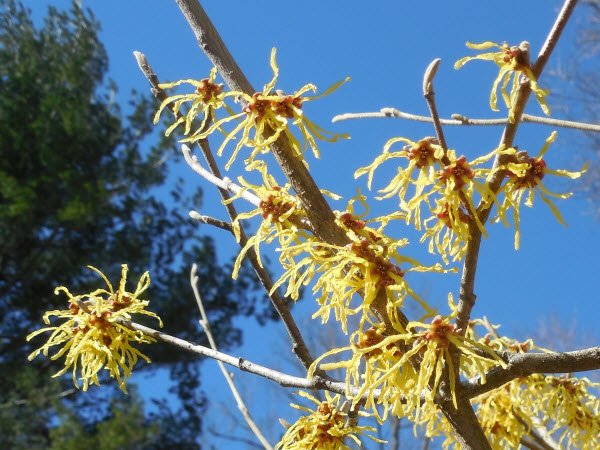
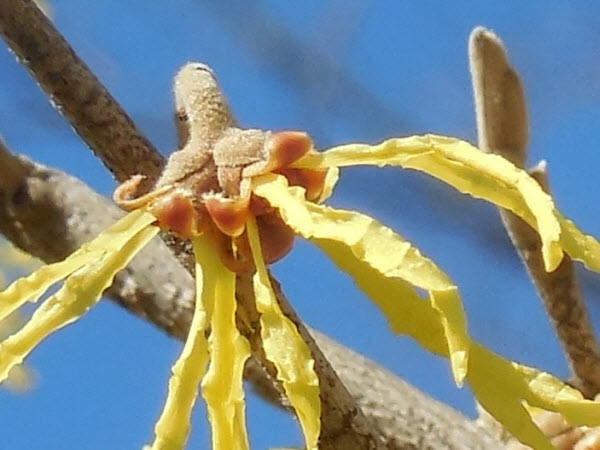
moccasin flower
This moccasin flower, also called a pink lady's slipper, is a member of the orchid family. See the single pair of basal leaves and the leafless stem.
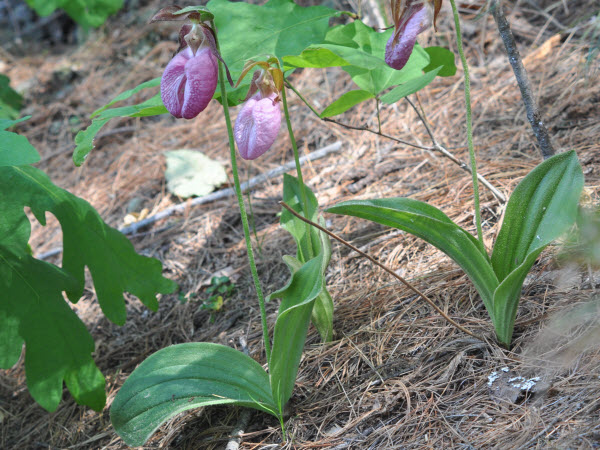
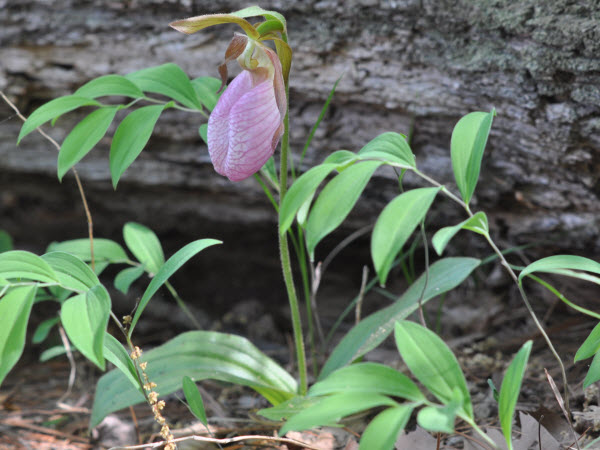
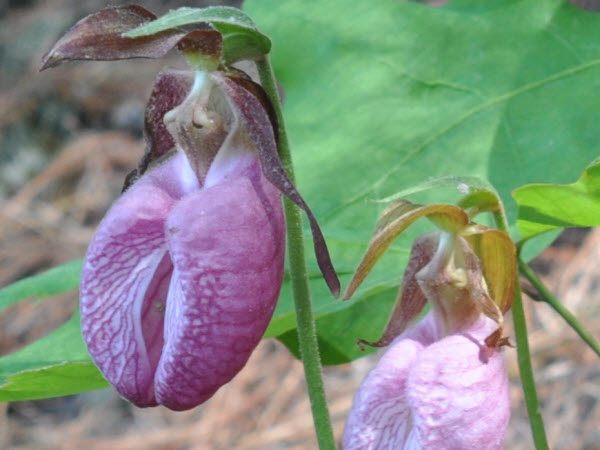

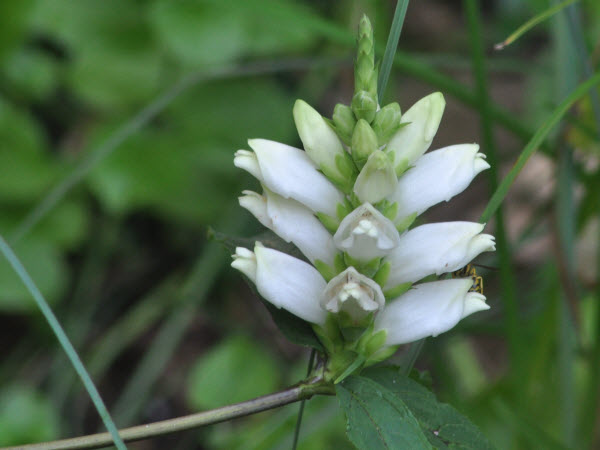

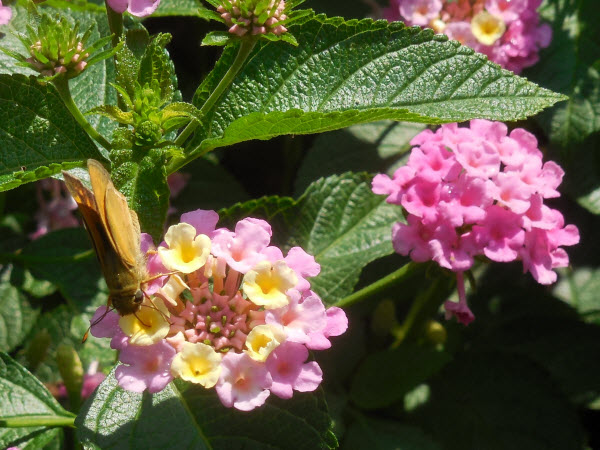
Korean Spice Viburnum, with butterfly.
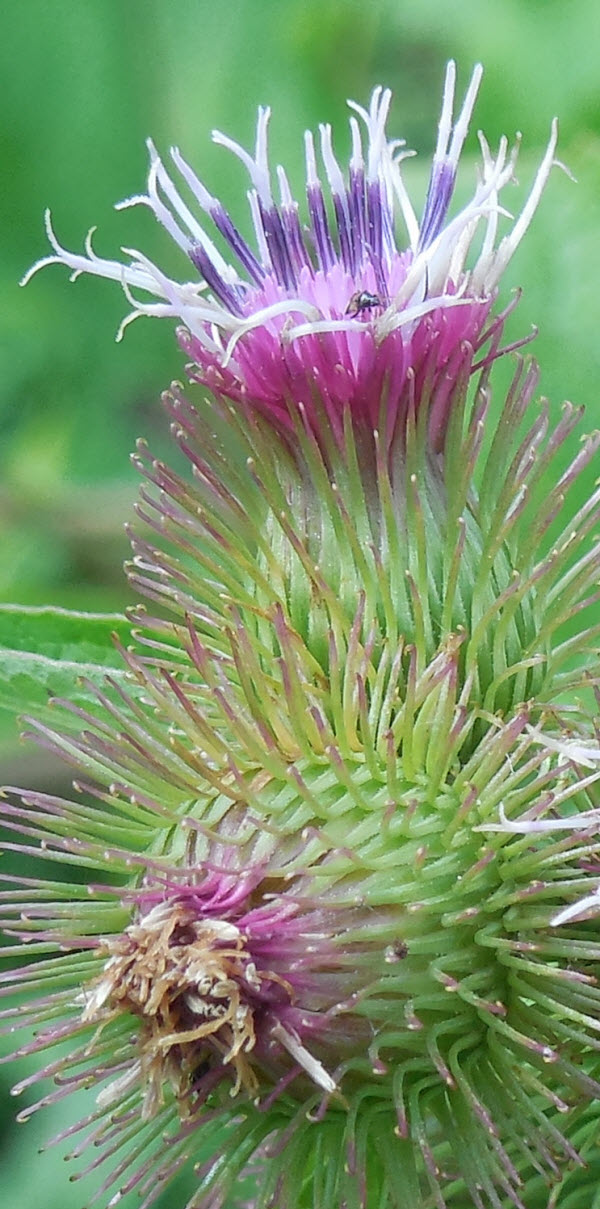
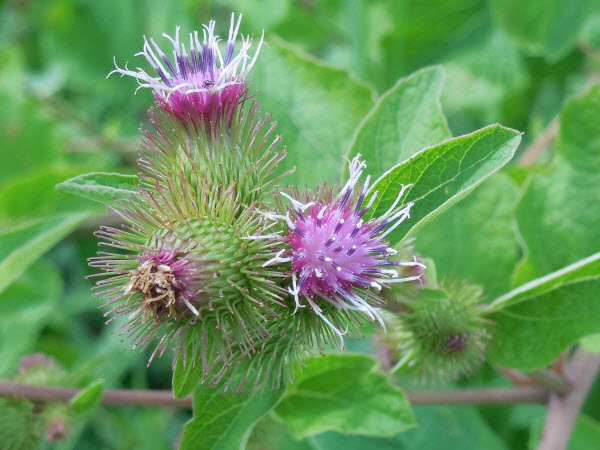

Common Burdock

Knapweed
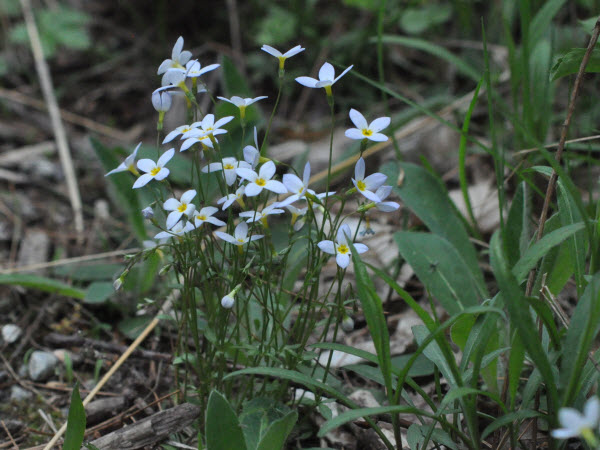
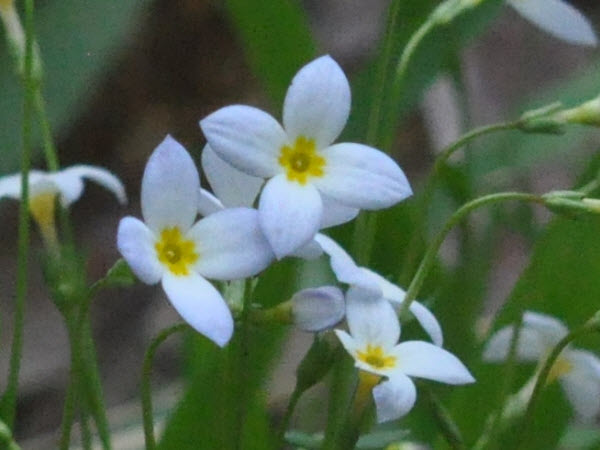
Common Mullien
Reference: http://www.livescience.com/52001-common-mullein-herb-plant-photos.html This is a very nicely developed and informative site - best to read direct from the source! written notations with the images below are generally verbatim from this site. Also the Peterson field guide to wildflowers.
These images were taken in a field that I find remarkable for how arid it is, located in an otherwise water rich wetlands, Harvard, MA. I presume the topsoil of this field was removed years ago, leaving a field that grows plants that can survive in a hot and harsh environment. And the common Mullien is able to grow in poor fields with an annual rainfall of 3 to 6 inches.

The flower is yellow, five-petaled, and grows haphazardly from a dense, club-shaped terminal flower cluster.
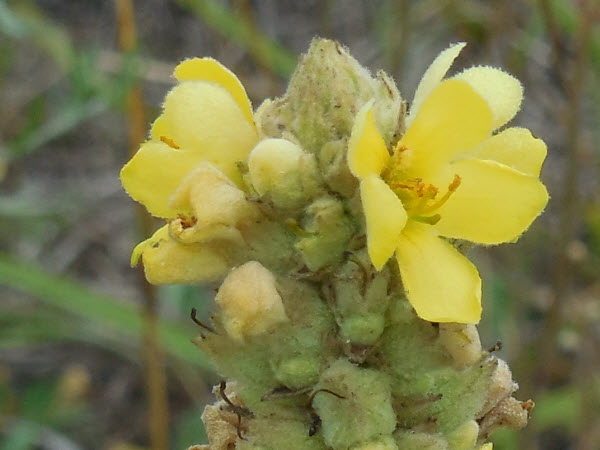
Leaves at the base of the plant form a rosette with large leaves. The stalk is covered with wooly, branched hairs. Alternating leaves, smaller than the rosette leaves, attach directly to the stem, and direct rainwater down the stem to the roots. (ref: taken directly from the livescience reference listed above).
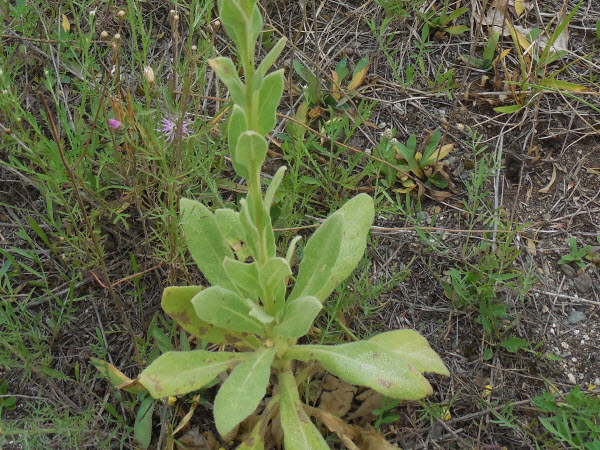

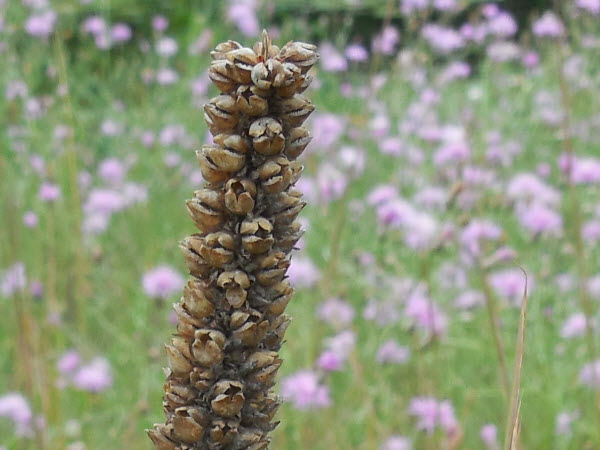
Common Mullien is a perennial herb that was first introduced into the US in the mid-1700s by colonies in Virginia (taken from reference cited just above). It is native to Mediterranean countries, and is a medicinal herb with healing properties. In the US it is considered an invasive plant, threatening natural meadows and very difficult to eradicate, and is one of the most-seen wildflowers in the world. Resolution of the photos posted on this site is reduced, and so an image of a whole field is not so easy to see. And yet it is clear that the Common Mullien is dominate, both the flowering and the dried stalks.
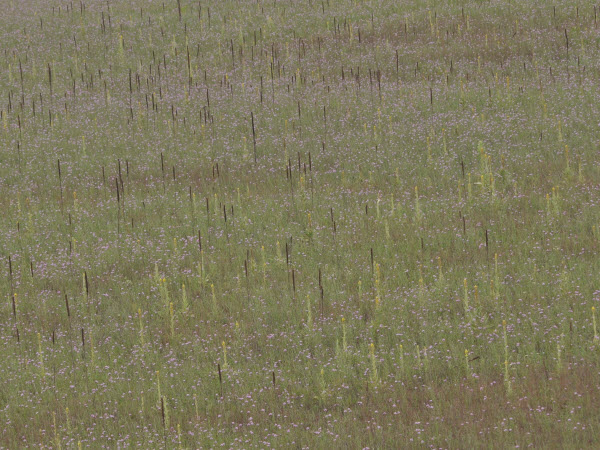
Indian Pipes are flowers, white because the plant is entirely lacking chlorophyll, which gives plants their green color and which is essential to photosynthesis and the production of sugars. That leads to the question of how the Indian Pipe gets its nutrition.
First, pictures of the Indian Pipe flower -


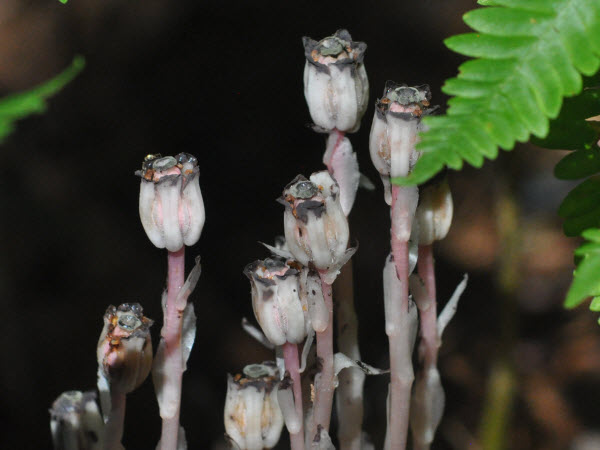
The Indian Pipe is all white, and is found in forested areas, near trees, characteristically pushing up from the ground with flowers turned down.
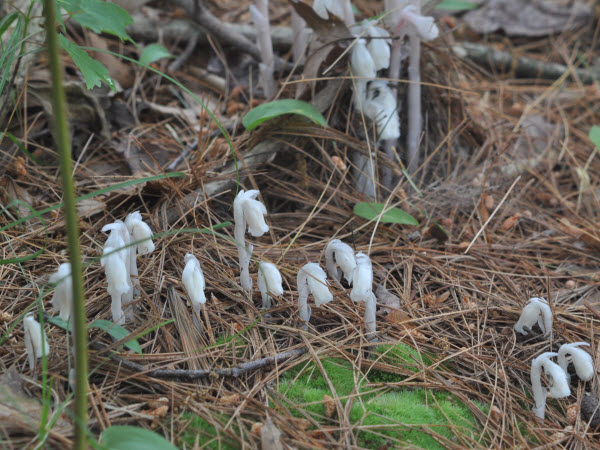
As the Indian Pipe flower matures, it extends from pointing down to pointing up.
(2 weeks)

A close-up of the image above shows the flower and its parts. The petals at the periphery of the flower are white, with a black edge characteristic of the now aging flower. At center is the Stigma - the upper-most structure of the Pistil. Around the Pistil are a number of stamens - each consisting of a filament with an anther at top, colored bright yellow and covered with pollen.
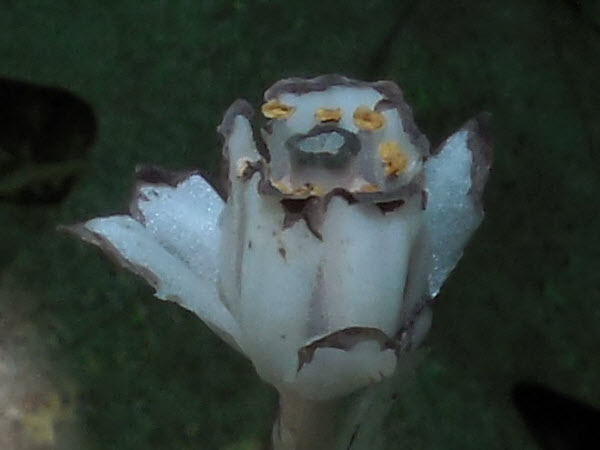
The Indian Pipe changes color once fertilized - turning a pale pink. The stigma is well defined, having turned black, and also the tips of the petals. The yellow anther is still visible, though changed. The filament of the stamen, coming from the base of the flower up to the yellow stamen, is visible on the one nearest the front of the flower.

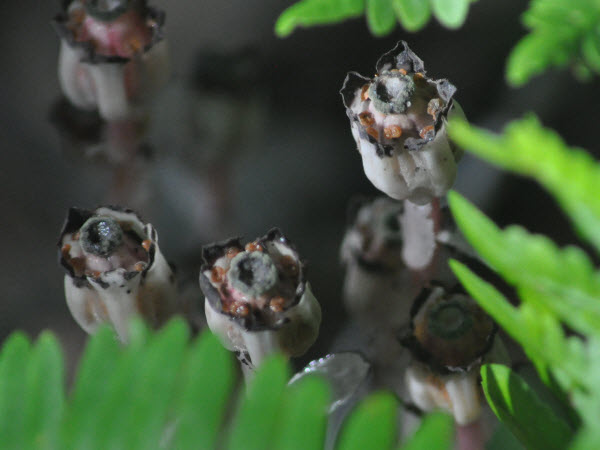
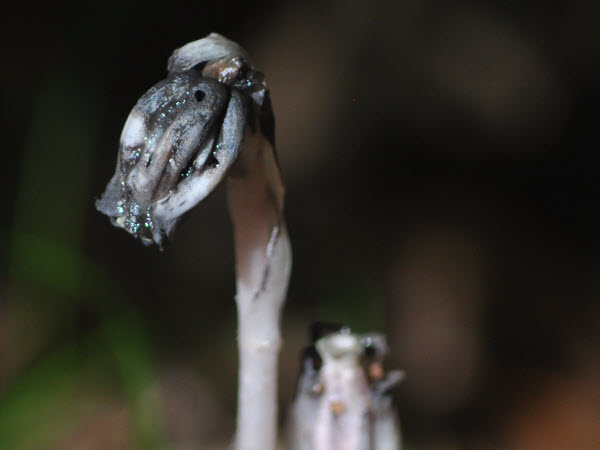
As the Indian Pipe flower ages, it turns black and becomes a seed pod, eventually opening so that the seeds can disperse in the wind. The photos above were taken when the flowers were just emerging and two weeks later, when the flower was fertilized and turned pink. I returned to photograph the same flowers at five weeks, six and eight weeks.
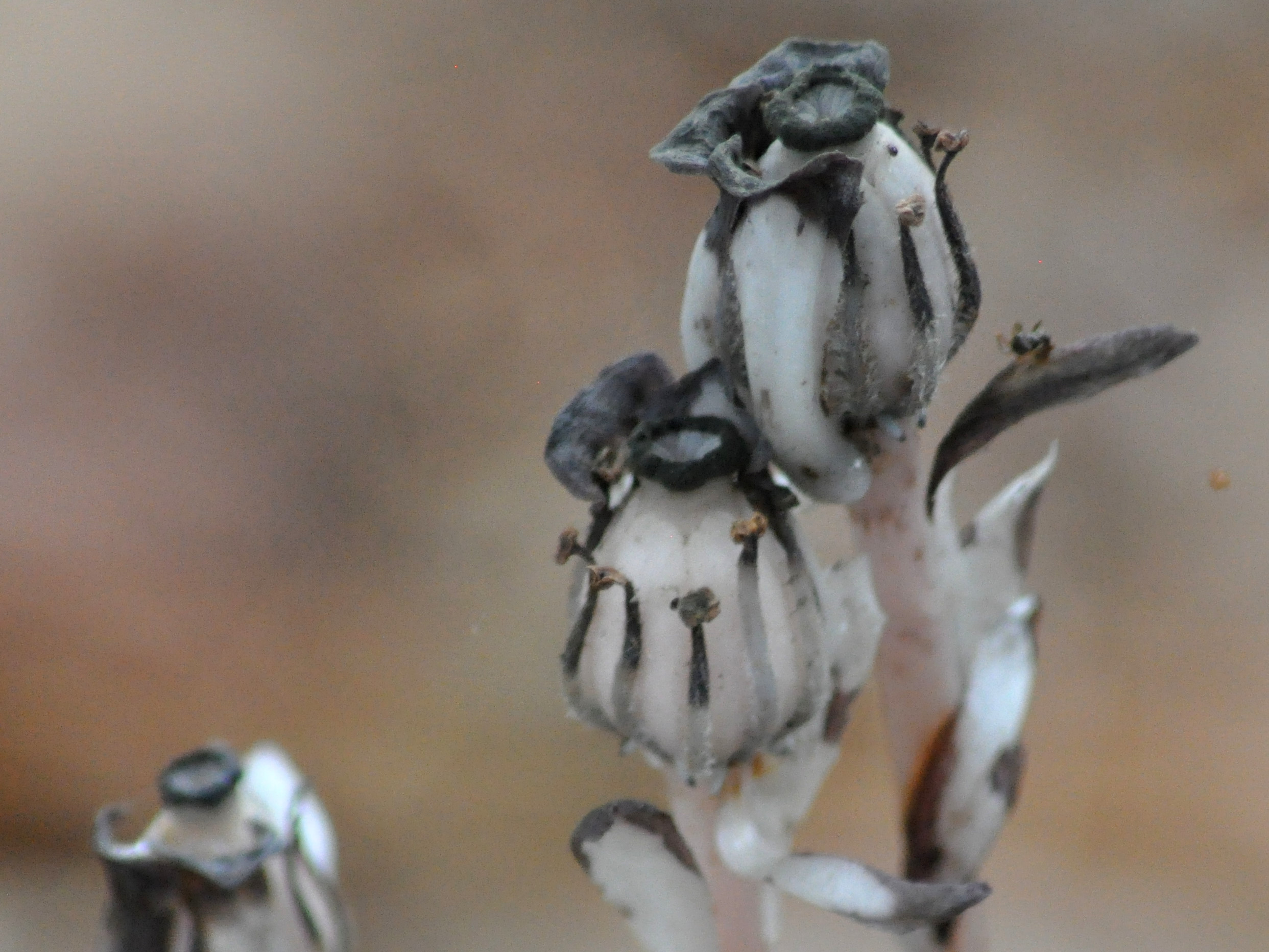
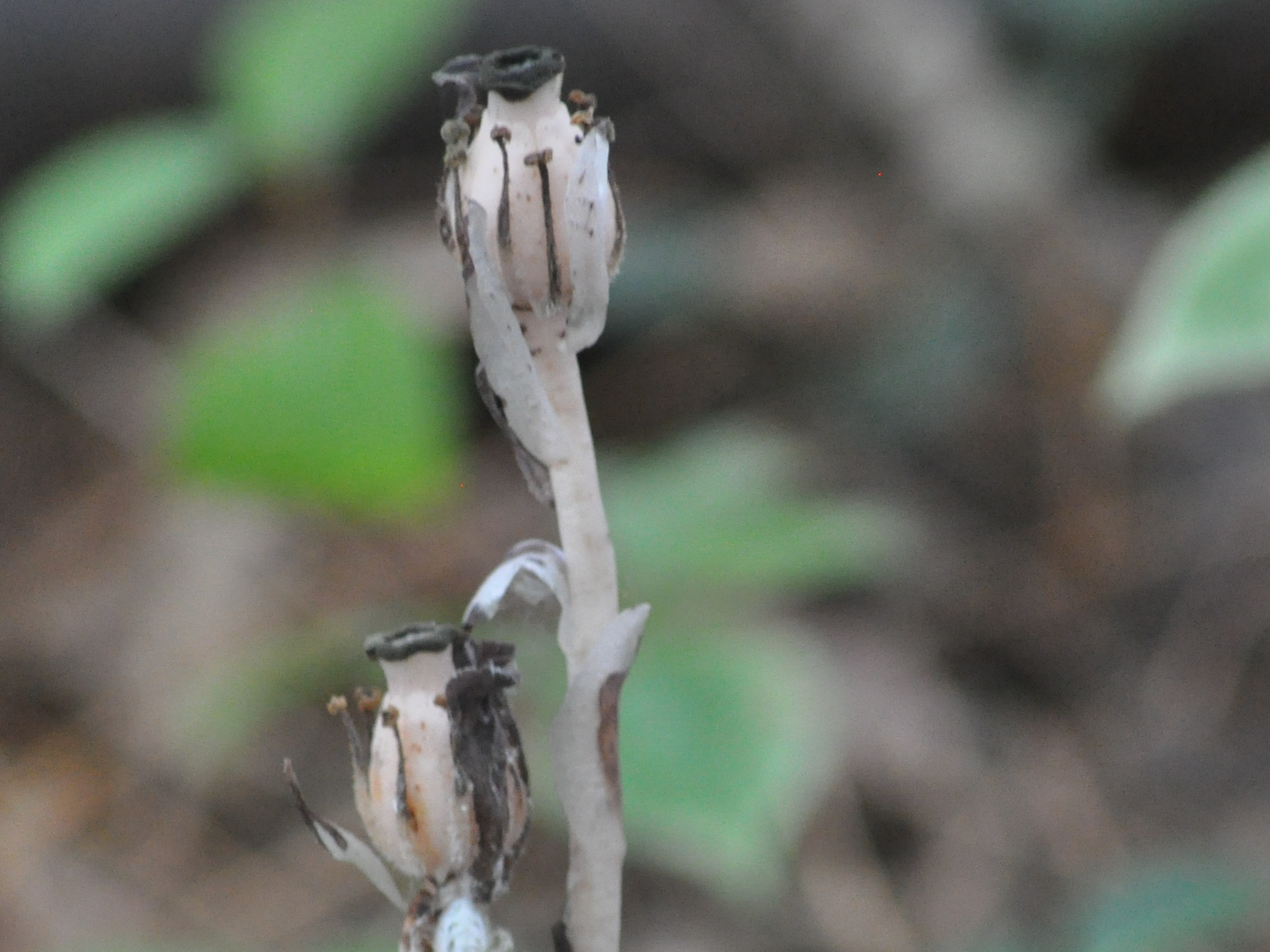
Five weeks
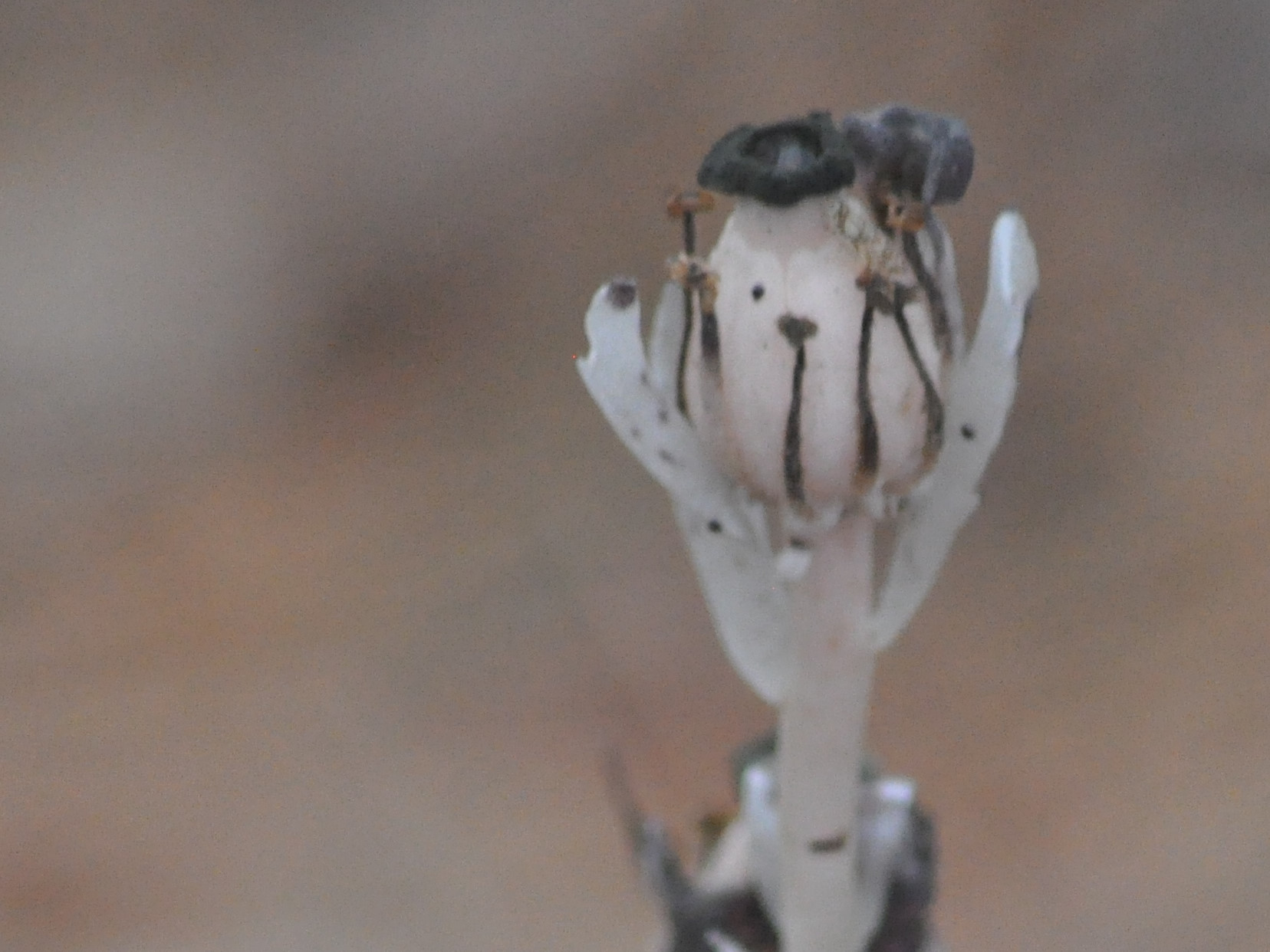
Six weeks
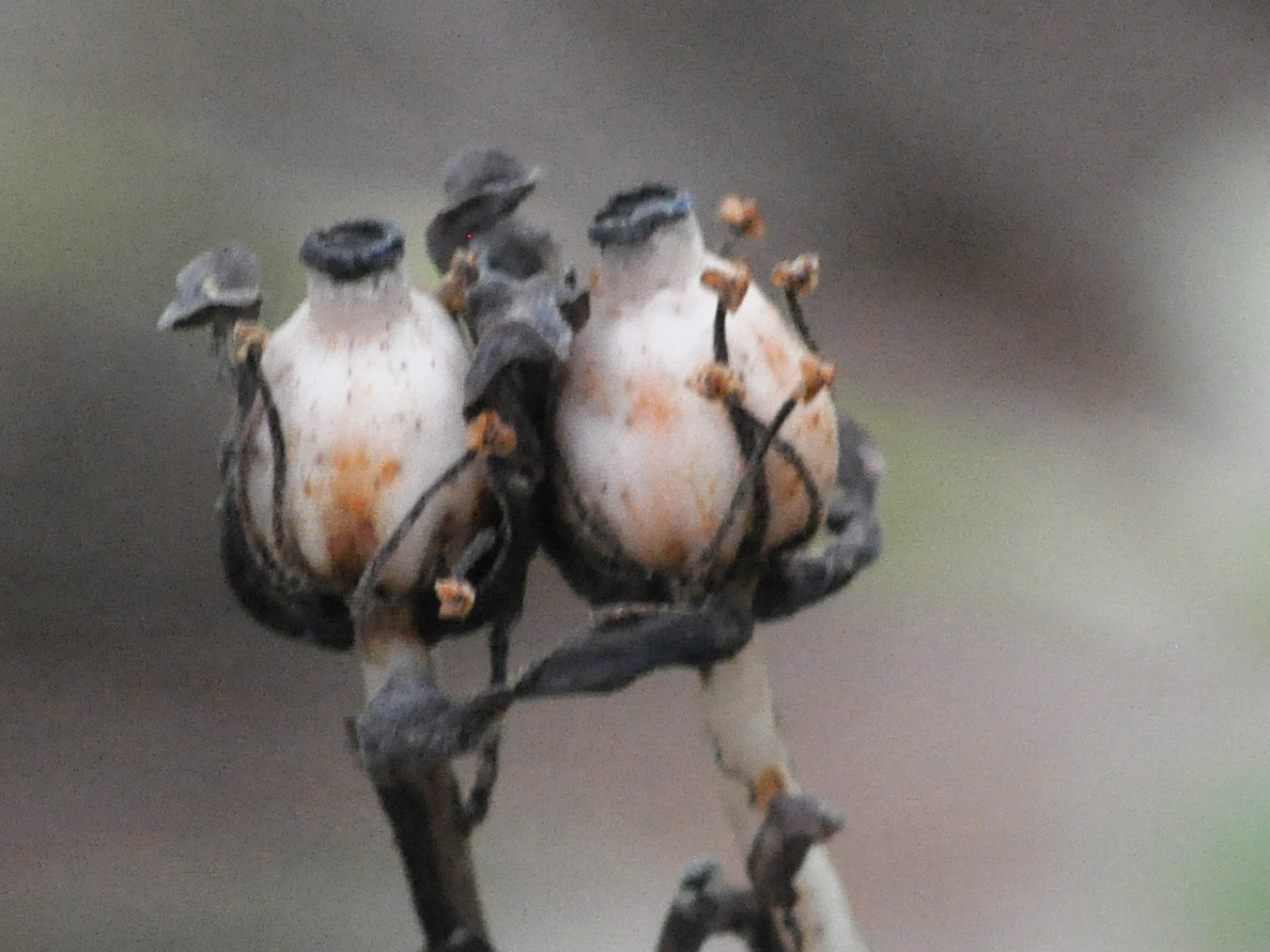

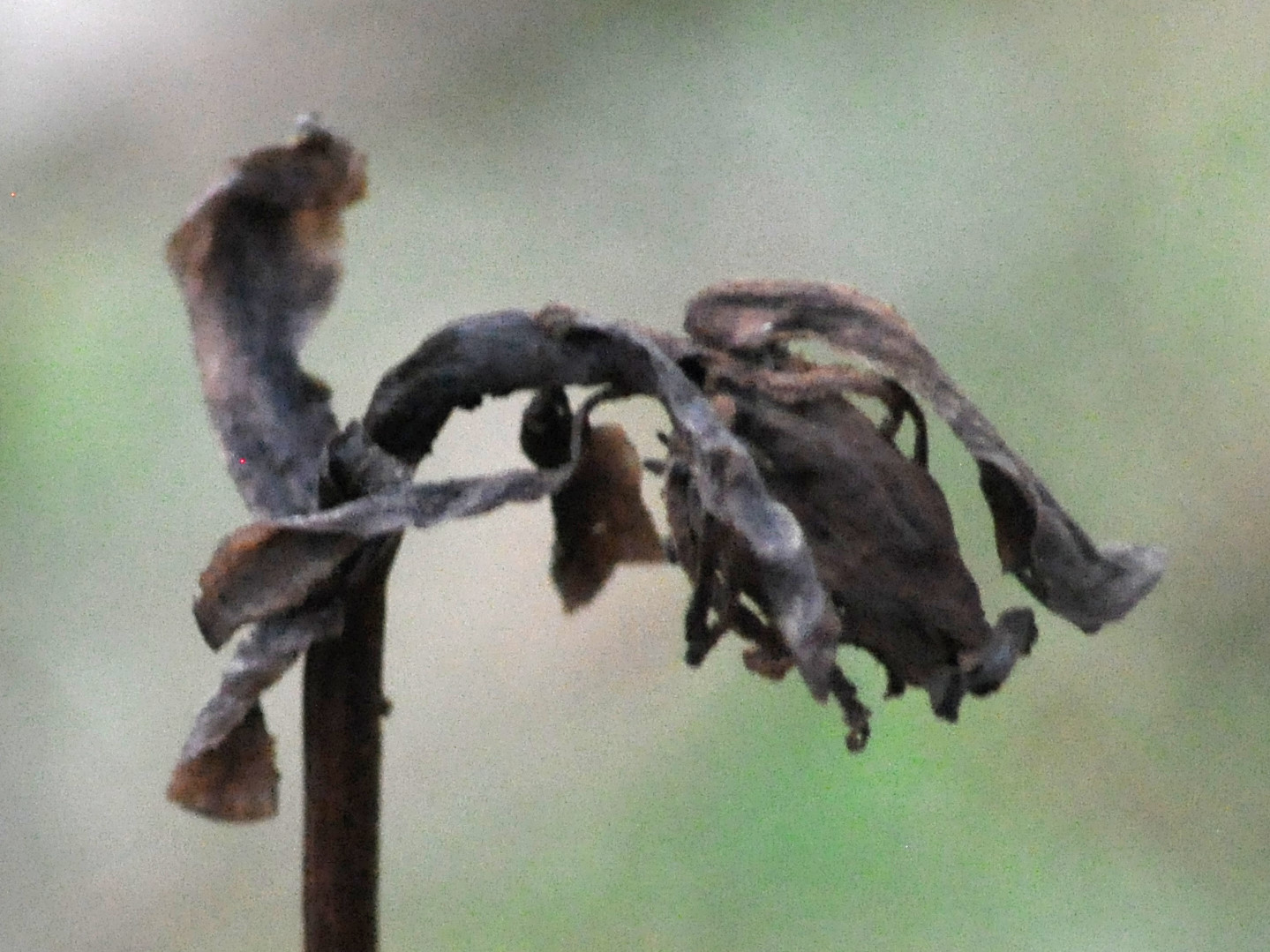
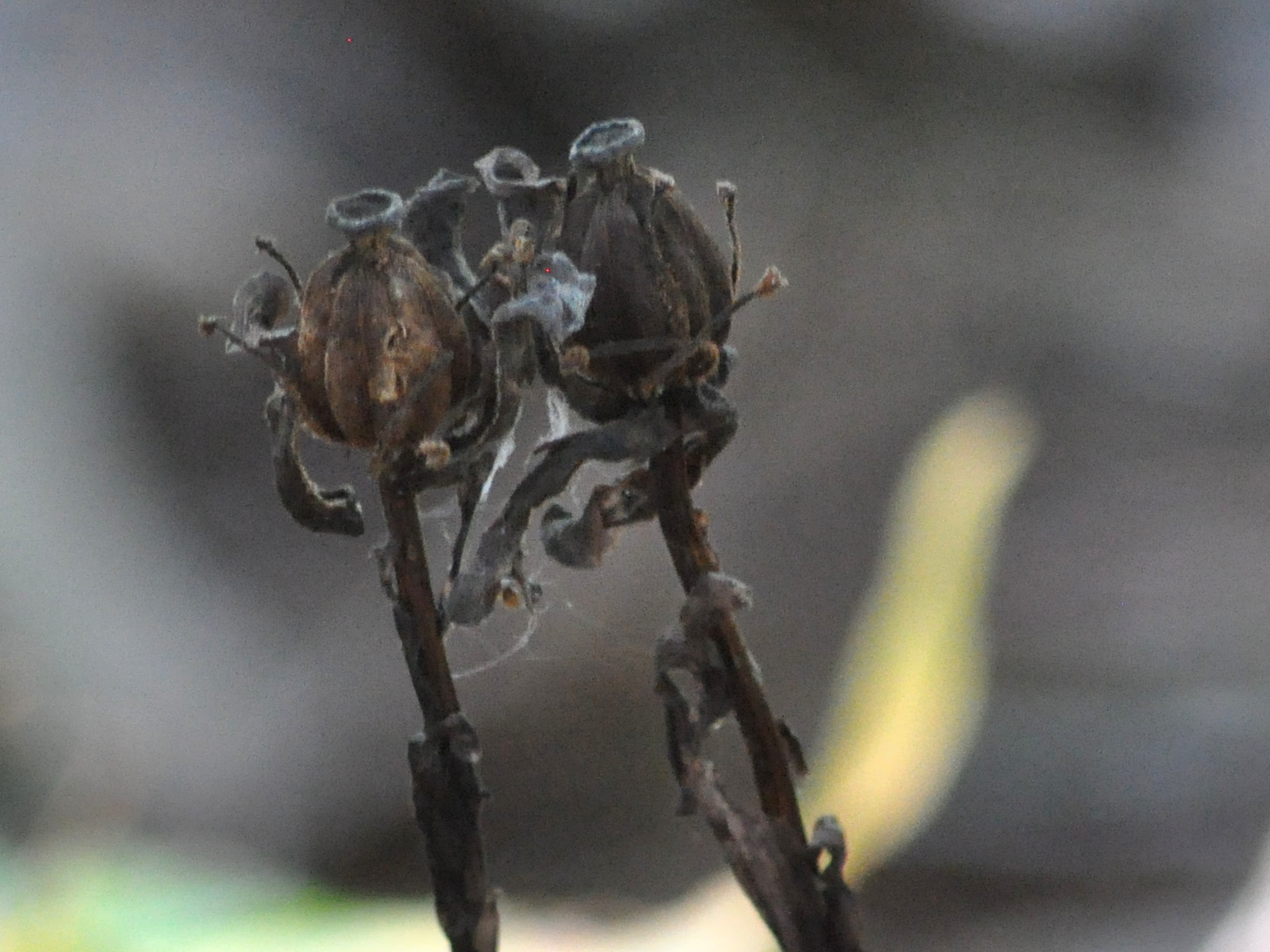
Eight weeks - end of August
January - I watched as the same few flowers survived well into the winter and through a couple of snowfalls. I finally took pictures again.
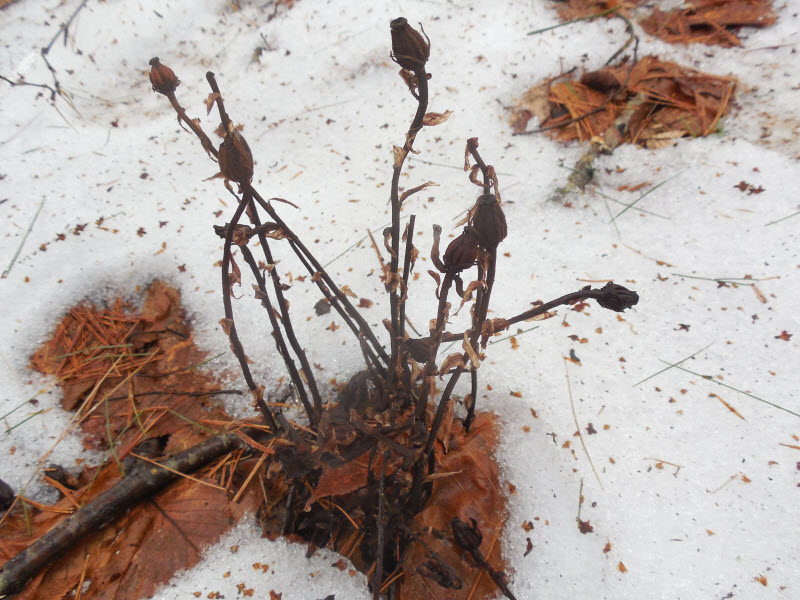

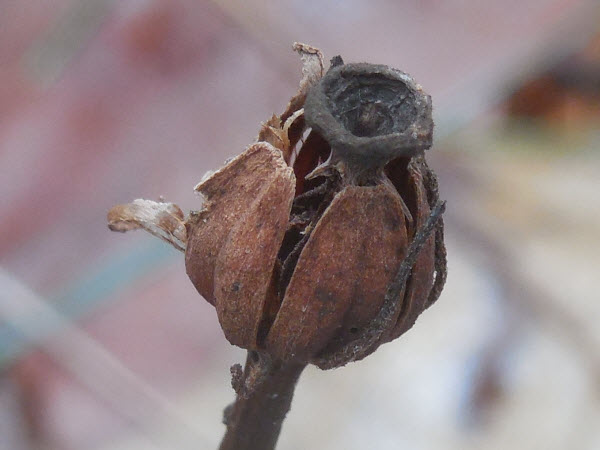
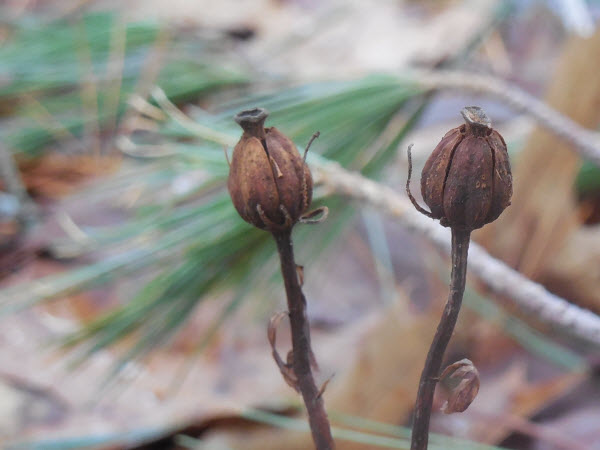
Now there is the matter of how a flowering plant without chlorophyll obtains energy and nutrients. Three plants are involved, in the case of the Indian Pipe, or Monotropa uniflora: a tree, a fungus, and the Monotropa. The tree and the fungus mutually benefit each other, the tree providing energy, in the form of sugars, and nutrients to the fungus, and the fungus providing nutrients and even water to the tree. The Monotropa has a purely parasitic relationship - it takes sugars, minerals and nutrients from the fungus, as well as nutrients that the fungus has gotten from the tree, providing nothing in return. And so the energy source for the Monotropa is a tree, by way of a fungus!
The trees involved in this relationship are most often conifers - pine, spruce and fir, also beech, oak and cedar. The fungus may be Russula or Lactarius mushrooms, and probably others. Russula and Lactarius mushrooms are closely related. Pictures of the two can be see at first-nature.com fungi.
There are some details with this relationship between Monotropa, mushrooms and trees that are nice to read. There are many references to the sharing and acquisition of nutrients and carbohydrates between the three players, but not so much on the specifics - what are these nutrients, and how is it that one player is better at acquiring certain nutrients than the others. I found a reference, written by David Moore, an academic, and at level just right for me - a good scientific basis, but not the rigorous detail of the area of study. These are the definitions and explanations that were most frustrating to me as I read through the many Internet sites discussing the Indian Pipe and it fungus / tree relationship, explained on David Moore's site.
Mycorrhizal association - a fungus that grows in association with the roots of a plant in a symbiotic or mildly pathogenic relationship. Myco - fungus; Rhizosphere - a plant's root system.
In a mycorrhizal association, the fungus that colonizes the plant's root tissue is, at the cellular level, extending root processes, hyphae, into the cell of the plant. This may be intracellular, with the fungal hyphae invaginating the cell membrane, or extracellularly, invaginating but not penetrating the cell wall. In any case, the surface area between the fungal hyphae and the plant is greatly increased, allowing for transport of nutrients between the plants.
In the mutualistic association between fungus and tree, the fungus receives carbohydrates such as glucose and sucrose, while the tree gains benefit of the mycelium's higher absorptive capacity for water and mineral nutrients such as phosphate ions and micronutrients such as iron. The fungus can also mobilize nutrients from organic matter that is slow to decay, such as wood.
References.
The ephemeral nature of the Internet is a frustration for me - so many wonderful sites with outstanding content and information that I want to be able to go back and read - only to find that the site has disappeared some time later! And so I feel the compulsion to capture that information that I am looking for, referencing of course, but also cognizant that my reference may not be available next time I click on the link. This said, here are some of the references that I liked most, related to the Indian Pipe flower.
http://botany.org/Parasitic_Plants/Monotropa_uniflora.php - The Botanical Society of America - a site with many outstanding photos showing details of the plant and flower.
http://www.davidmoore.org.uk/assets/mostly_mycology/diane_howarth/monotropoid.htm - I found many references to the nutrients provided by fungus to tree and tree to fungus - but what nutrients? This site is written by an academic who provides enough of the details to satisfy my curiosity, grounded by his science, and even an electron micrograph, which sits well with me - an electron microscopist, different area of biology.
http://herbs-treatandtaste.blogspot.com/2011/02/indian-pipe-plant-or-ghost-plant-health.html Written from a different perspective, I learned the origin of the common names of the flower, and something of the medicinal properties of the plant.
What of the mushrooms - I found reference to two of the fungi that can participate with Monotropae - Russula and Lactarius. These have their own stories, of course. I learned from the site of Michael Kuo, http://www.mushroomexpert.com/russula.html and http://www.mushroomexpert.com/lactarius.html that there is more to this topic than I imagined! And I found a selection of images: http://www.first-nature.com/fungi/~russulaceae.php